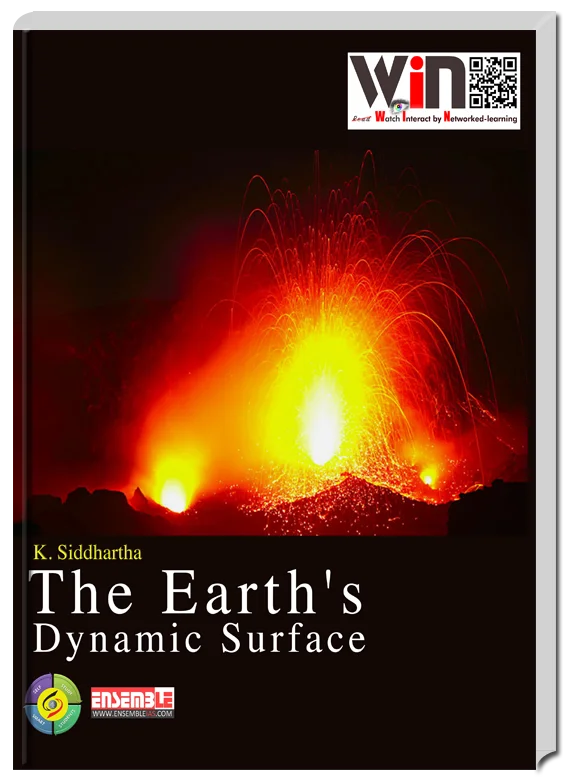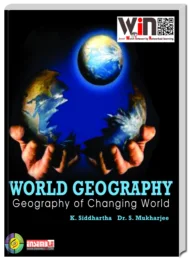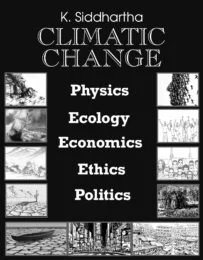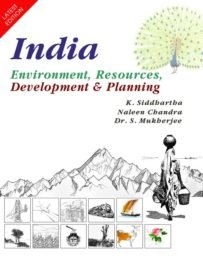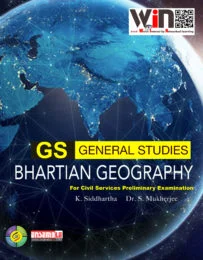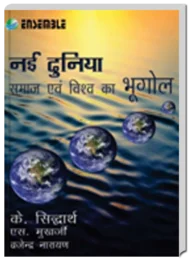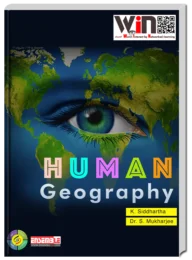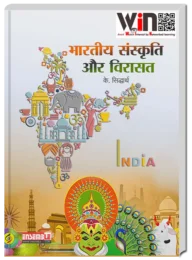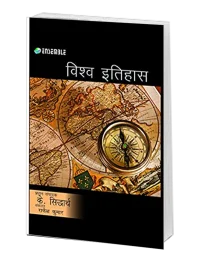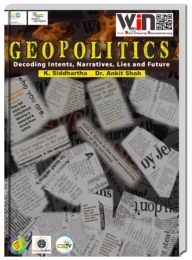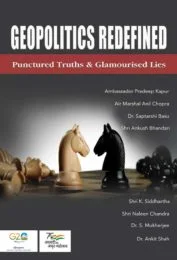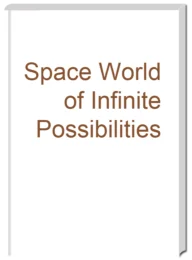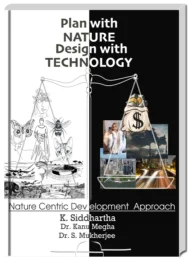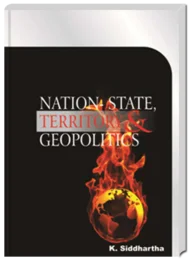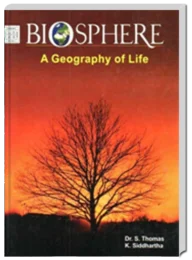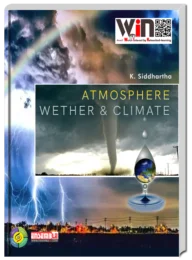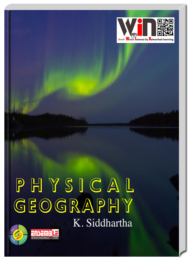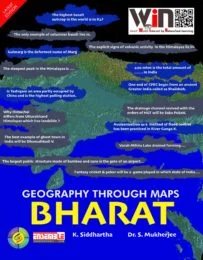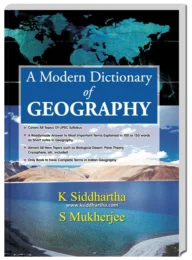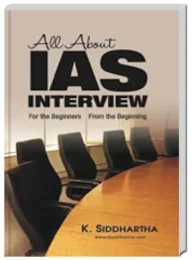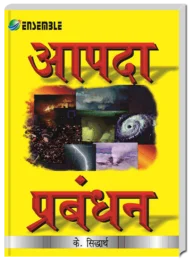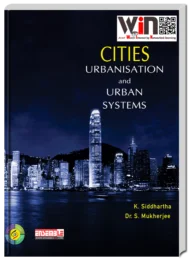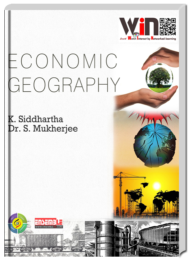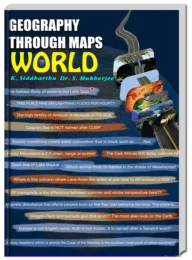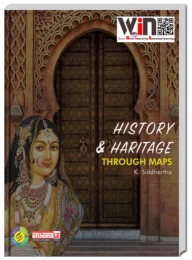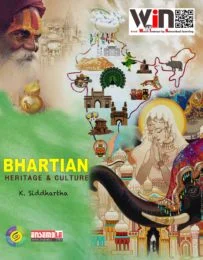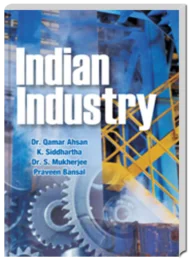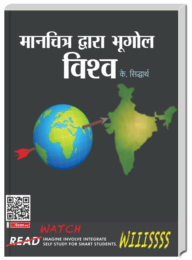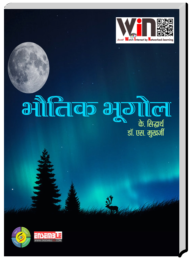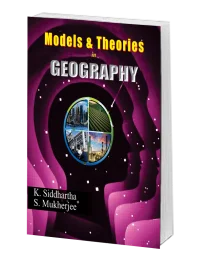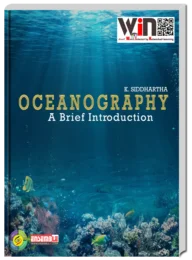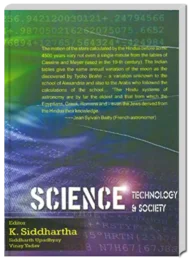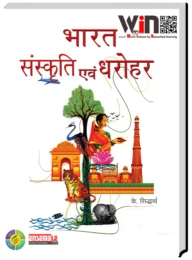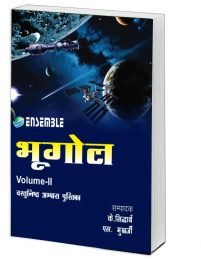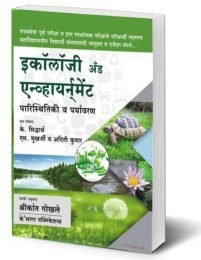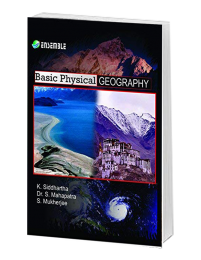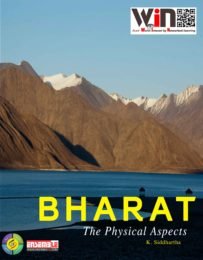
ReadWatch, Interact, by Networked-Learning book Series
A complete book, and a complete solution for GS Preliminary Test. UNIQUE, EXCEPTIONAL EXTRORDINARY
QR code guided video presentation of the chapters in a documentary form
The Earth’s Dynamic Surface
The Earth’s Dynamic Surface is a trend setter book on Geology, Earth Sciences and Geomorphology. Though many books have been written on the subject, and Savindra Singh’s book being one of them which has been completely traditional. This book incorporates the traditional, as well as modern concepts, which could be comprehensive yet fundamental and which could be useful for Earth Science, Geology, Geography as well as non-Geography students.
The Earth’s Dynamic Surface attempts to answer some of the most fundamental questions of Geomorphology in a language that 21st century demands. It departs from traditional books in that it is most upto date in its presentation of facts and eliminates many obsolete concepts. In a sense this book is more scientifically produced than any other book on Geomorphology previously written in India. Still, throughout the book, the link with the basics and the fundamentals has been maintained.
The book has been completely designed. The layout and make-up of the pages is such that students belonging to different categories can use it alike. Essential scientific models, concepts and terms (particularly for deeper knowledge of the subject) are explained in boxed sections which are separated from the text in order to facilitate the use of the book with wide academic background and interest.
Contents of the Book
Section—A: Introduction
- Basic Concepts
Section—B: The Earth
2. Rocks
- Igneous
- Sedimentary
- Metamorphic
3. Interior of the Earth
4 . The Crust
- Continental Crust
- Oceanic Crust
- Origin and Evolution of the Earth’s Crust
- Continental and Oceanic Crust: A comparison
Section-C: Endogenetic Processes and Landforms
5. Earth Movements
6. Continental Drift
- Wegener’s Theory
- Palaeomagnetism
- Sea Floor Spreading
7. Plate Tectonics
Plate Movement
Mechanism
Problems
Plate Tectonics and Crustal Features
8. Volcanism
Distribution
Magma Generation
Intrusive Features
Extrusive Features
- Earthquakes
- Tsunami
- Orogeny (Mountain Building)
Section-D: Exogenic Processes and Landforms
- Denudation
Weathering
Mass-Wasting
Erosion
- Fluvial Landforms
Characteristics of River
Erosional Landforms
Depositional Landforms
- Channel Morphology
- Ground Water and Geohydrology
- Karst Landforms
Factors Favouring Karst Development
Erosional Features
Depositional Features
- Marine Landforms
Erosional Features
Depositional Features
- Aeolian Landforms
Origin of Sand
Erosional Features
Depositional Features
- Glacial Landforms
Movement of Glaciers
Erosional Features
Depositional Features
- Periglacial Landforms
Periglacial Processess
Periglacial Features
- Erosion Surfaces
Section-E: Endogenic—Exogenic Interaction
- Geomorphic Cycles
Views of Davis
Views of Penck
Davis and Penck: A comparison
Views of King
- Slope Development
- Denudation Chronology
- Rejuvenated Landforms
Causes of Rejuvenation
Features Produced by Rejuvenation
26 Eustatic Changes
Section-F: ECONOMIC AND APPLIED GEOMORPHOLOGY
- Economic Geology
- Applied Geomorphology
Acknowledgements
Appendix-I — Geological Period
Appendix-II — Basic Facts on Earth
Appendix-III — Theories in Geomorphology
Appendix-IV — Glossary
References
This is the only Indian publication by Indian author to have a glossary of terms. For its high quality, the book has been reviewed, approved and recommended by NATIONAL BOOK TRUST, Govt of India



